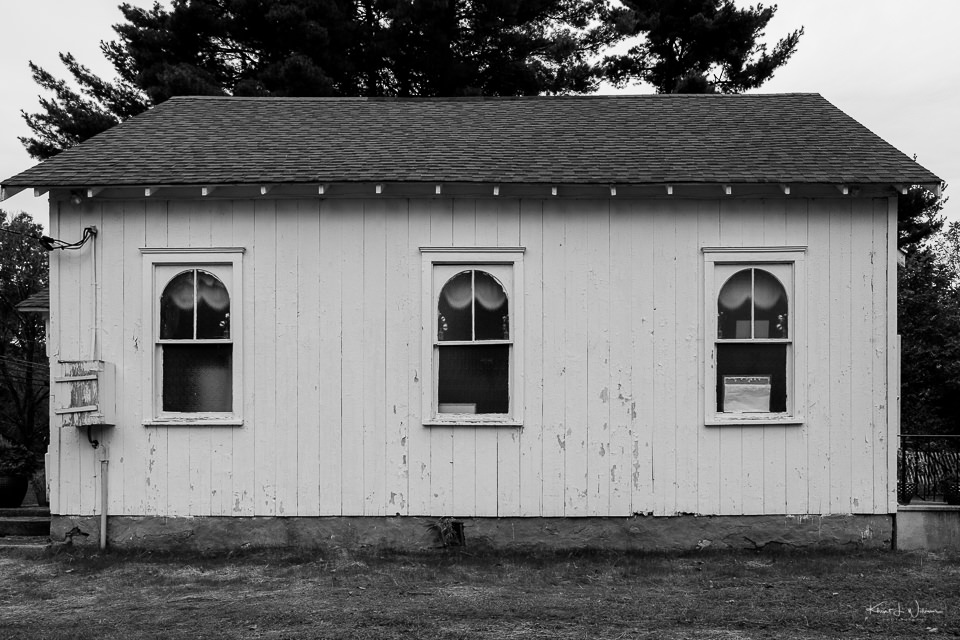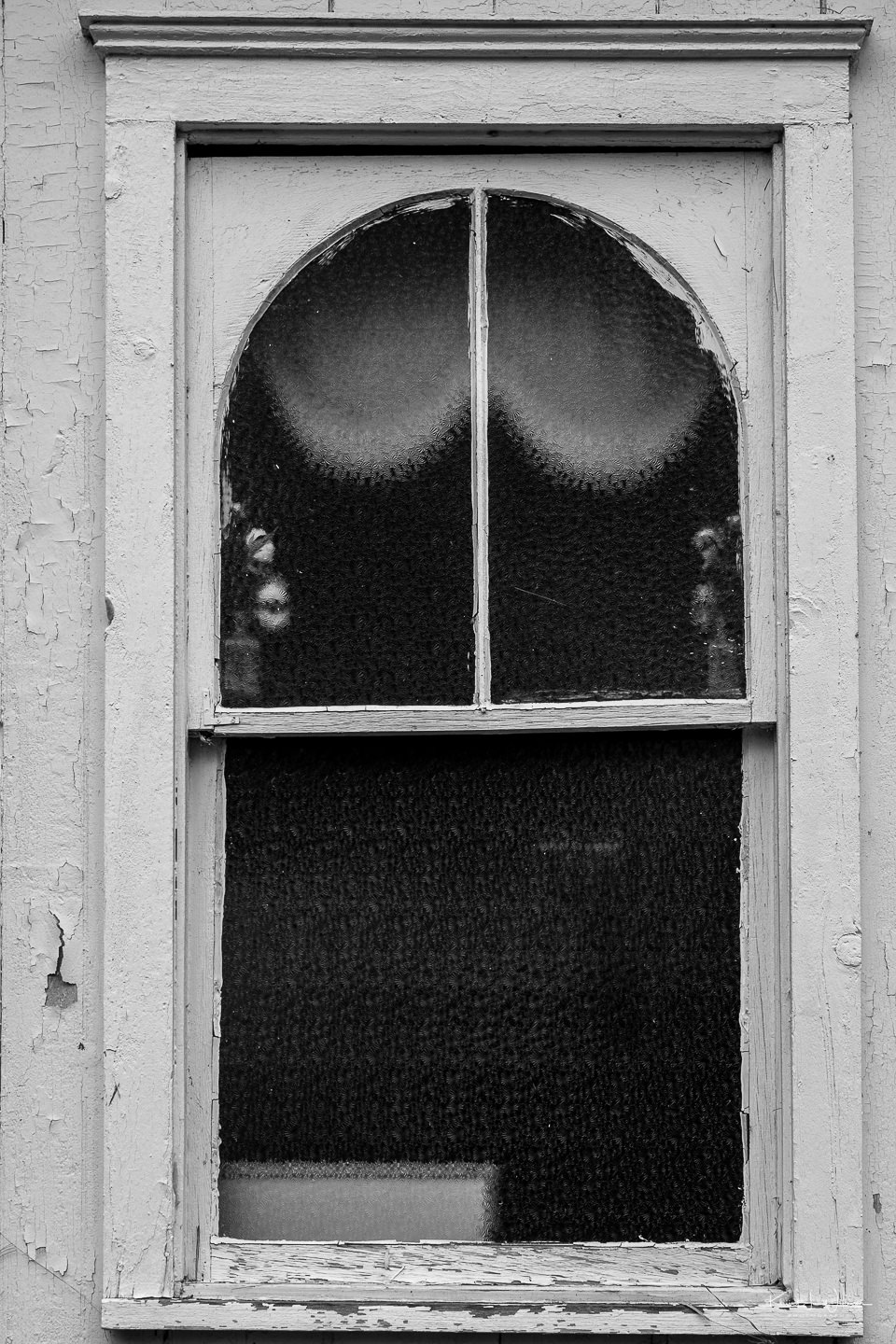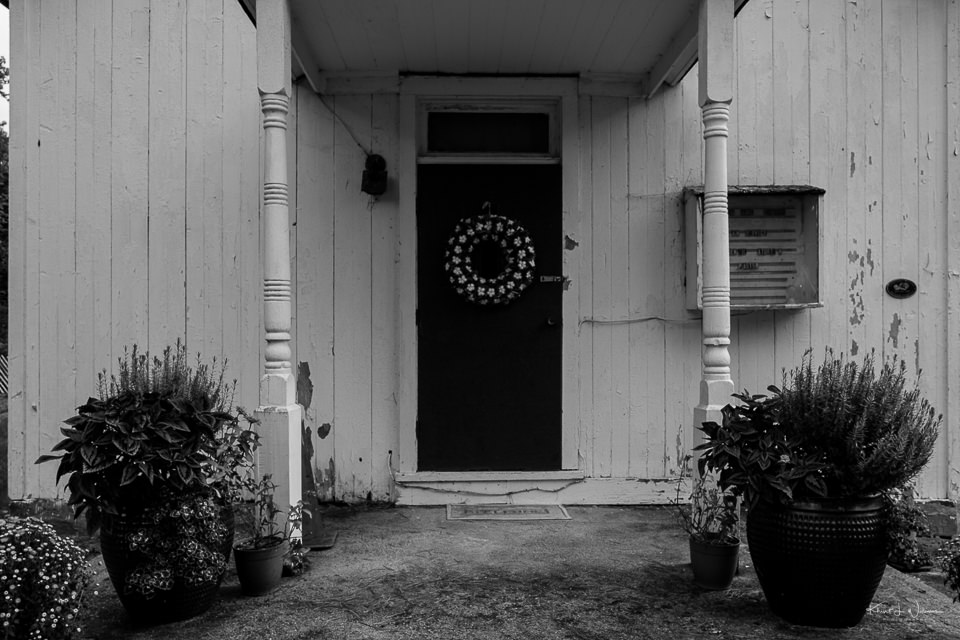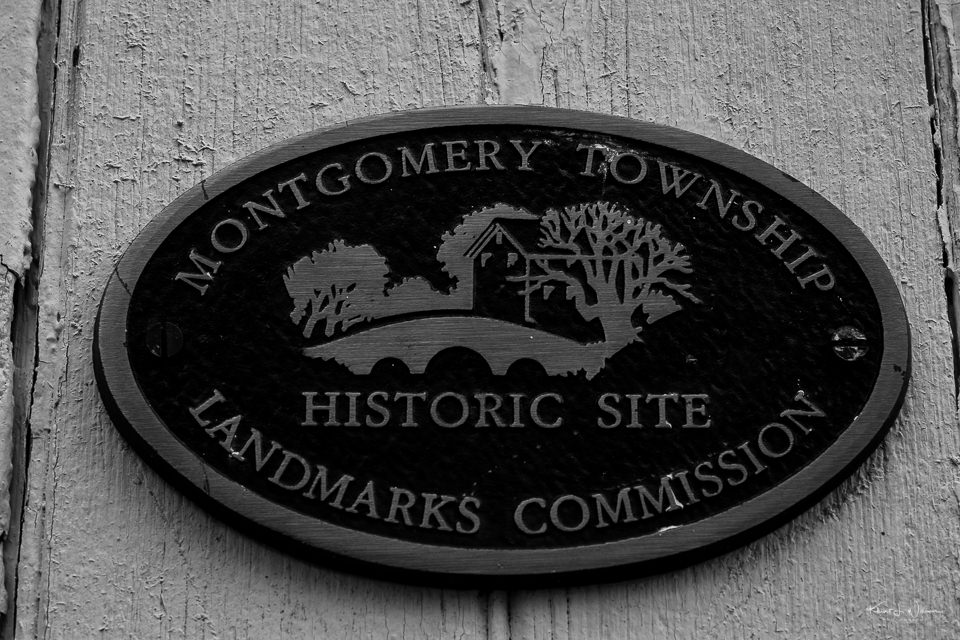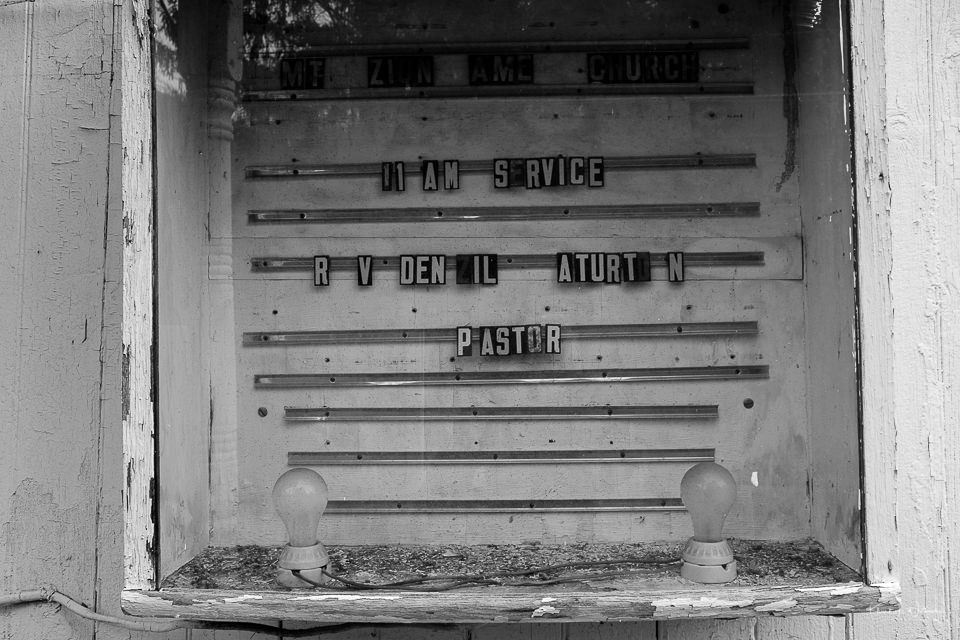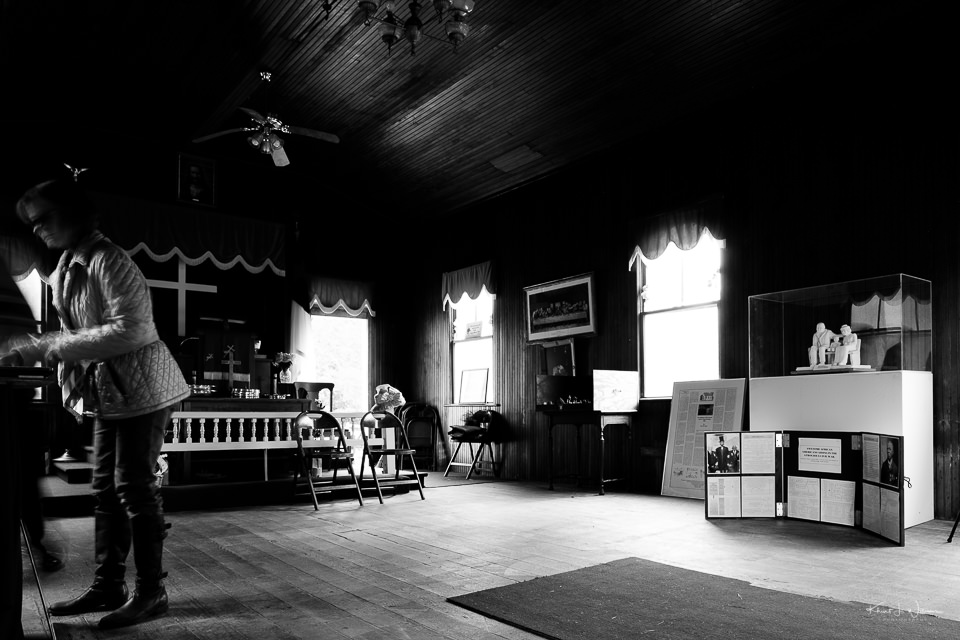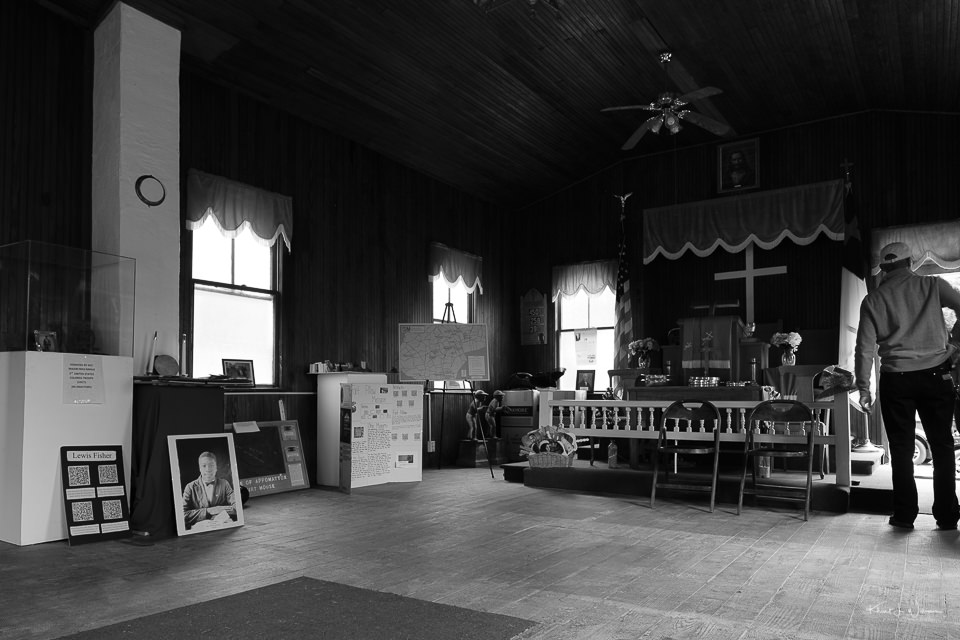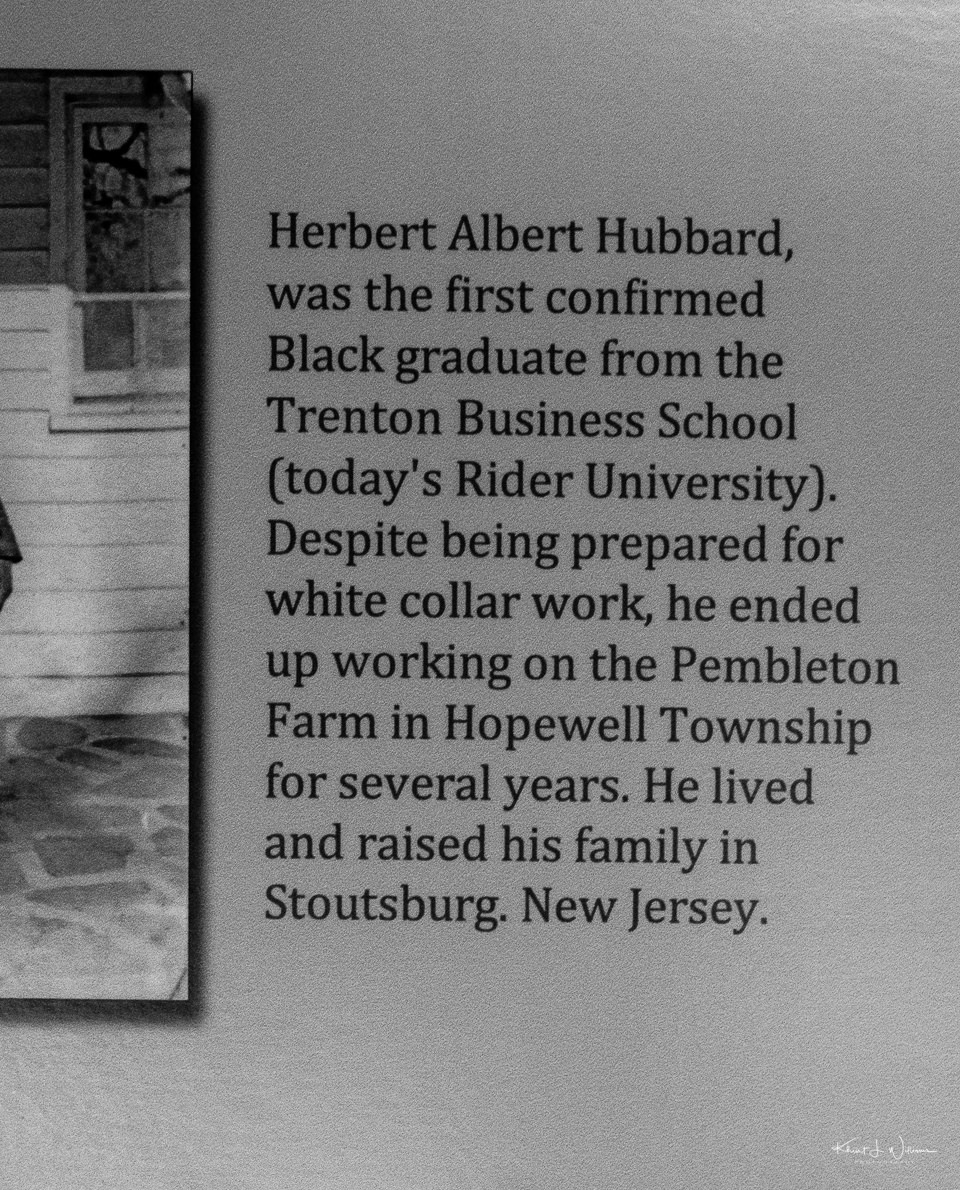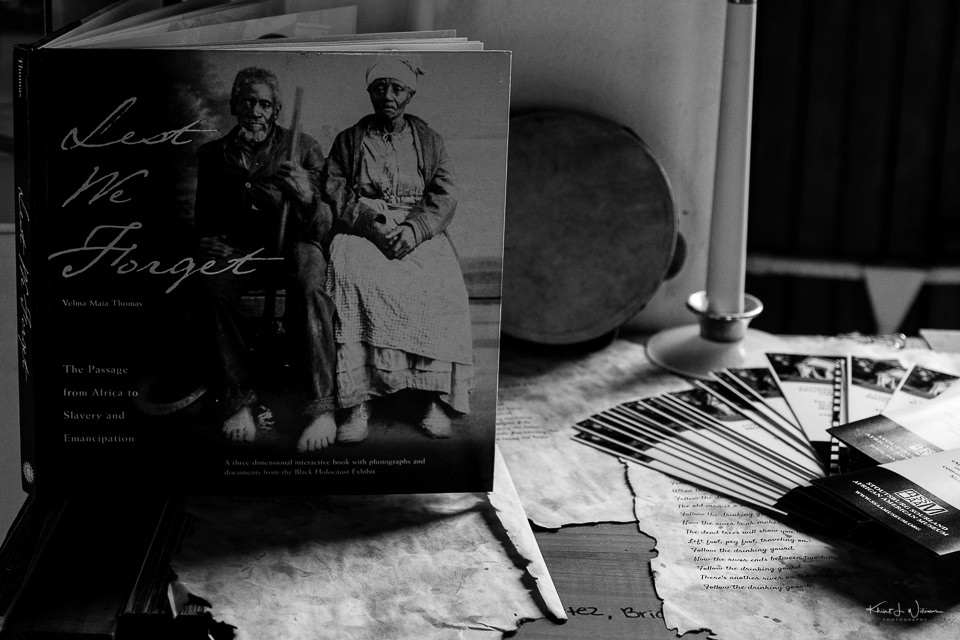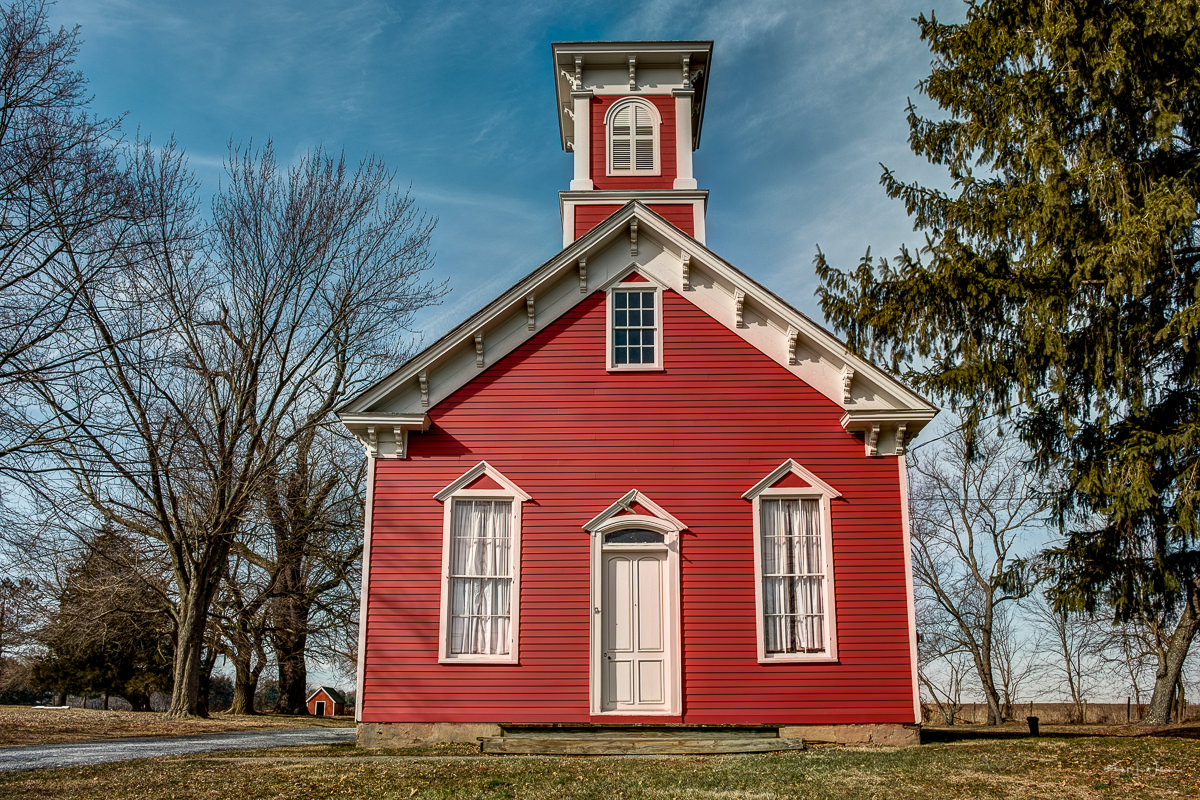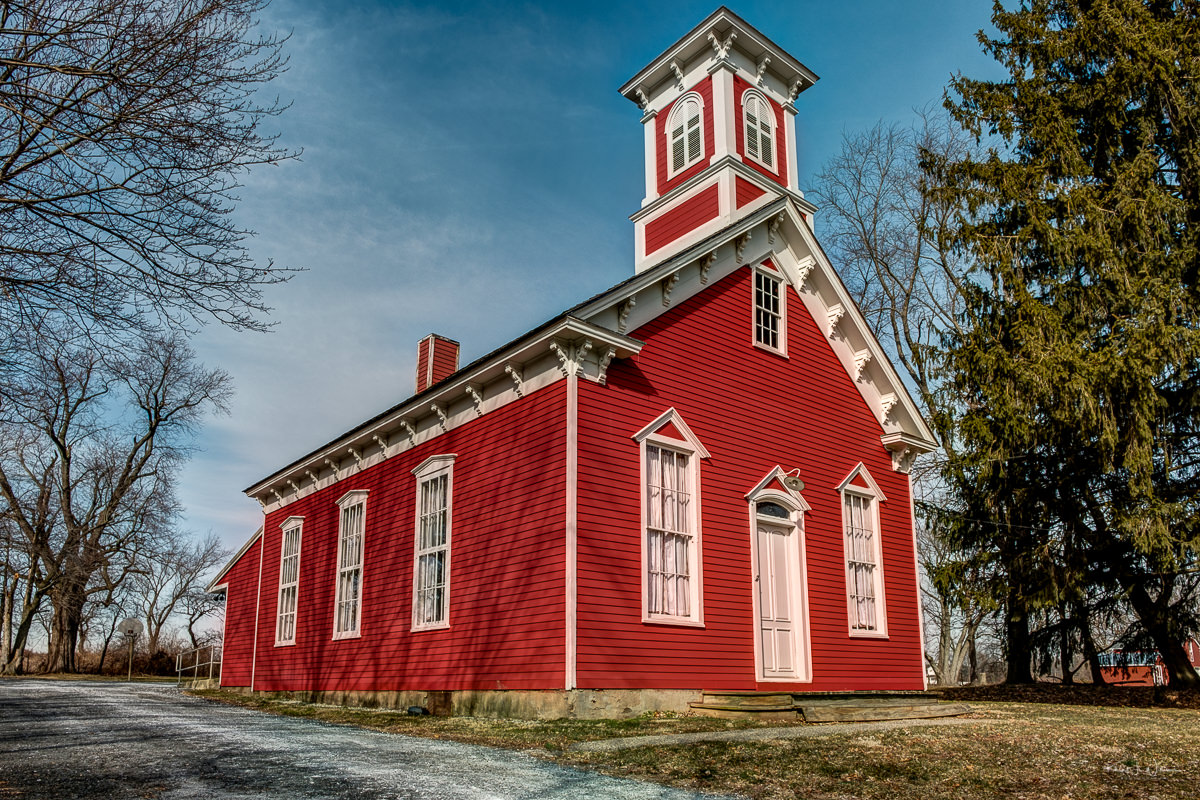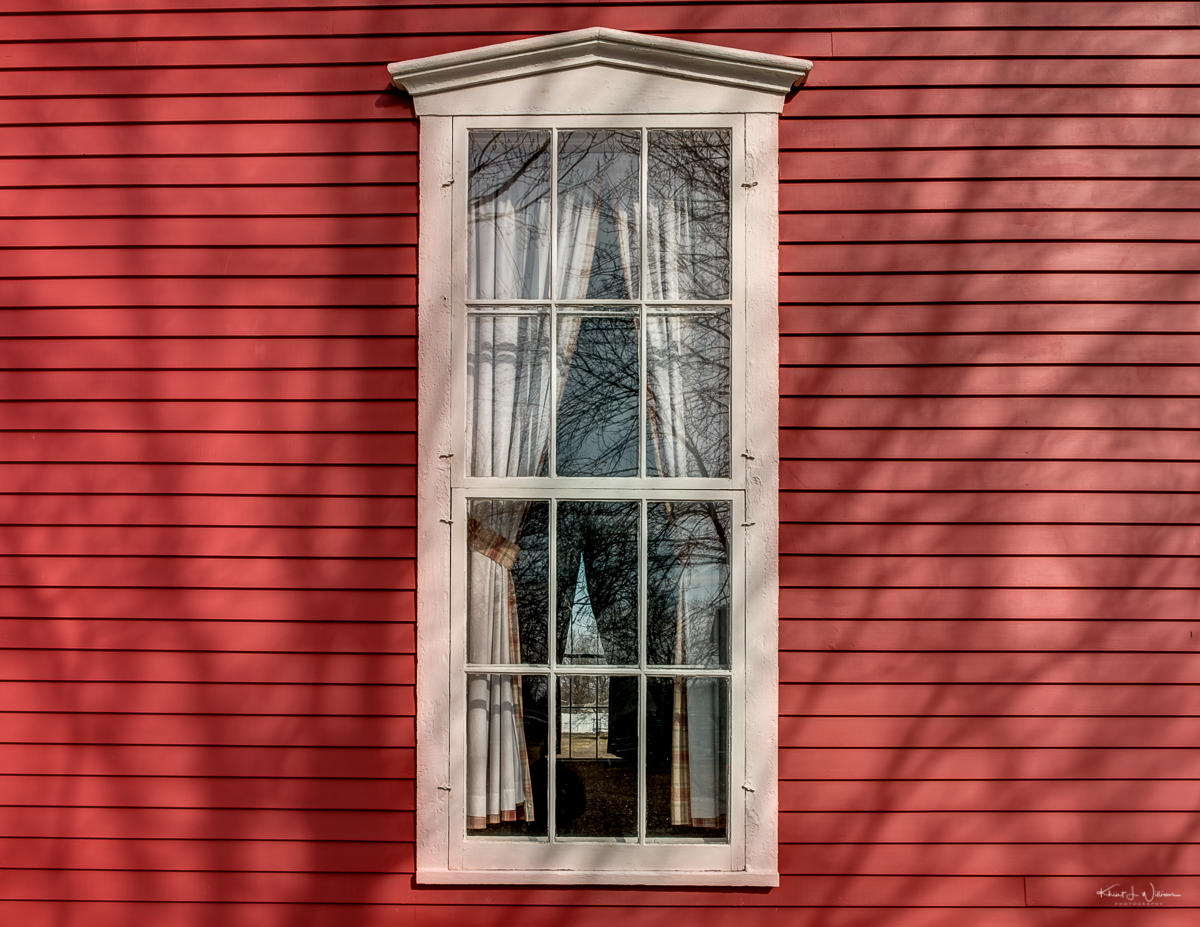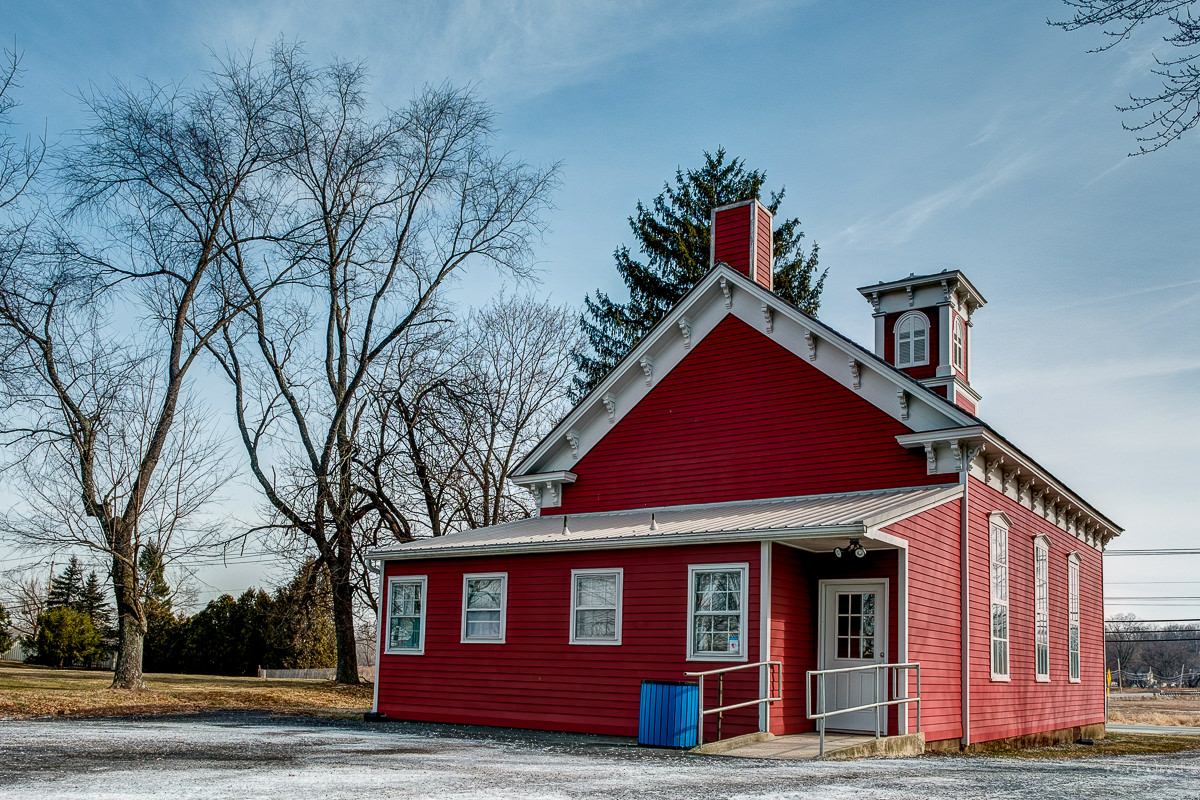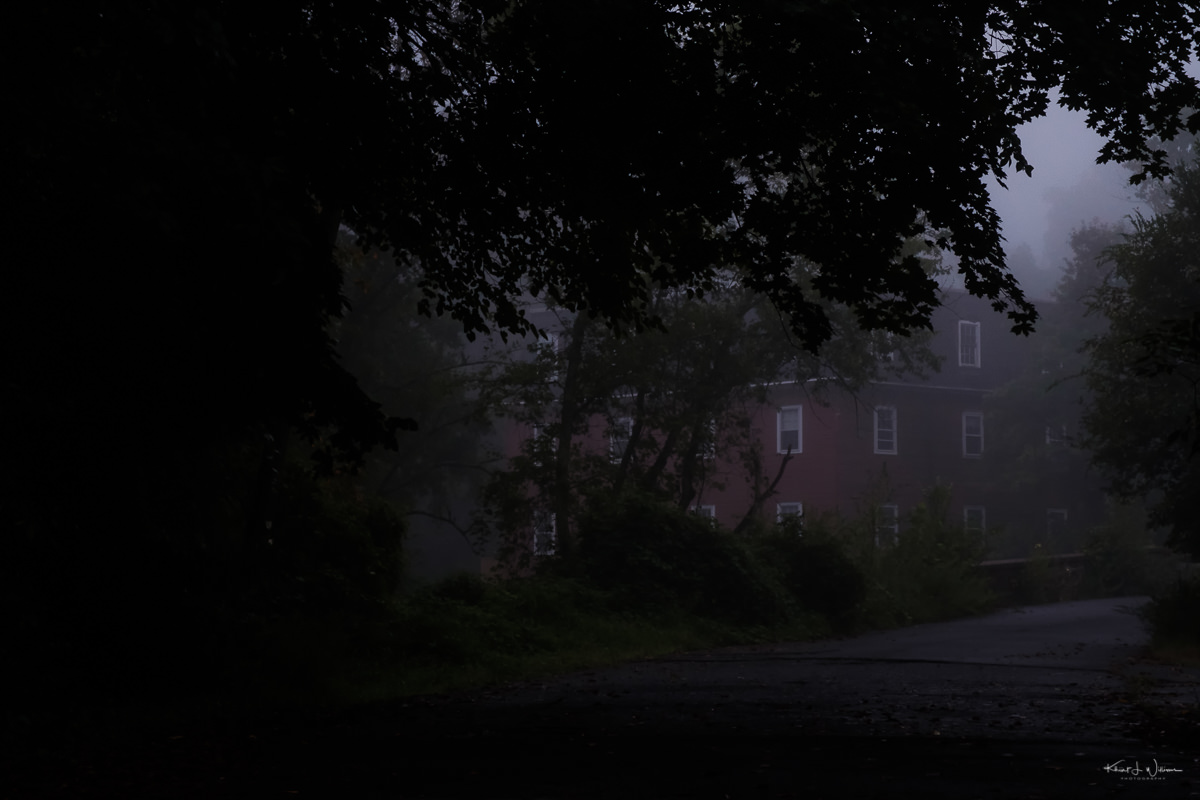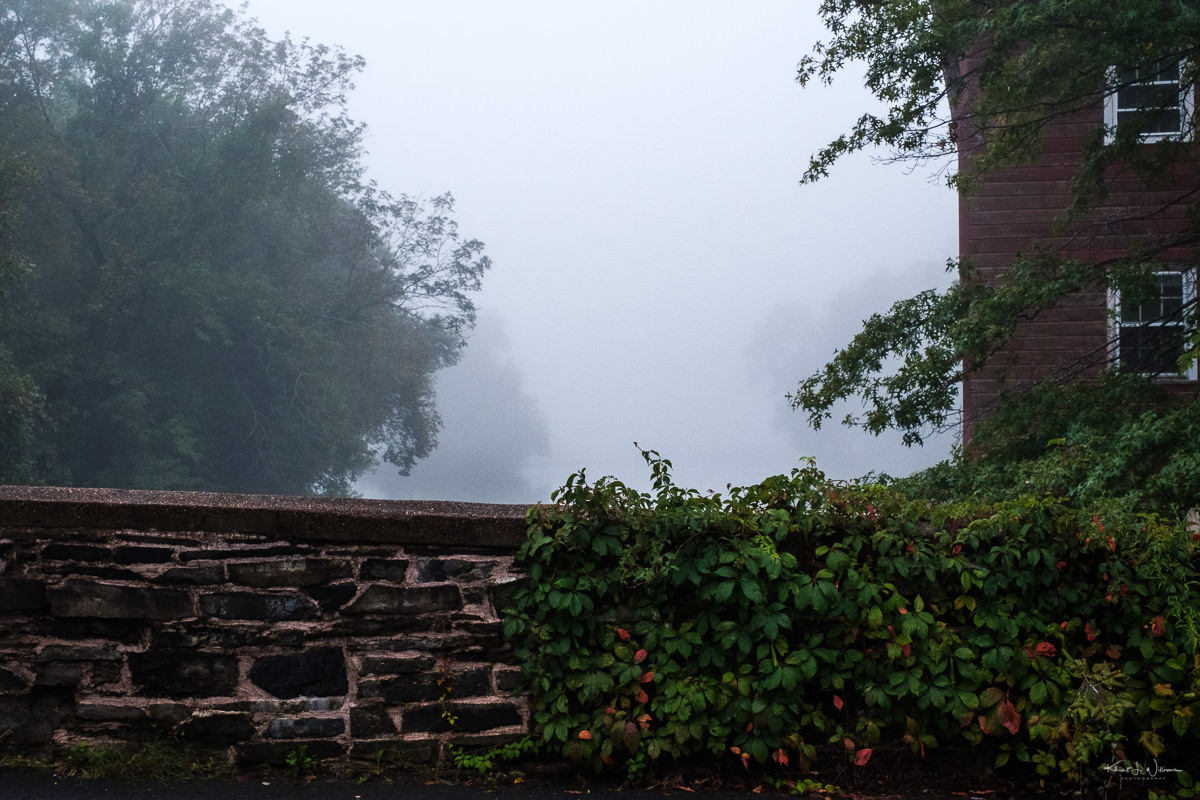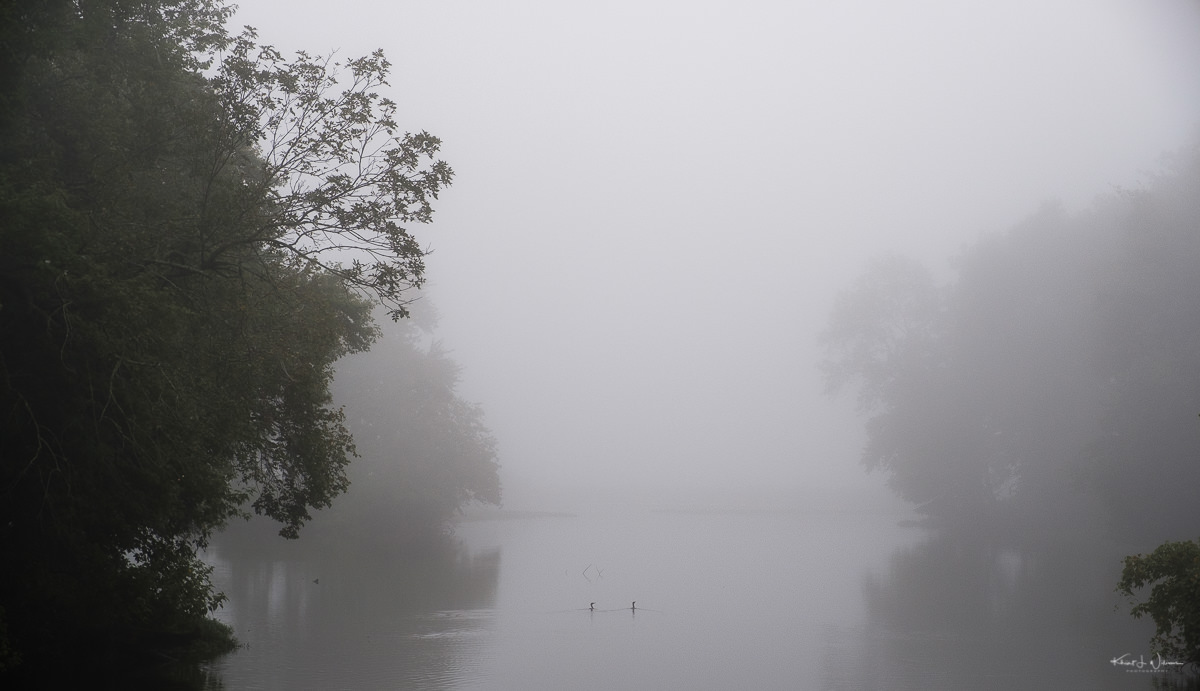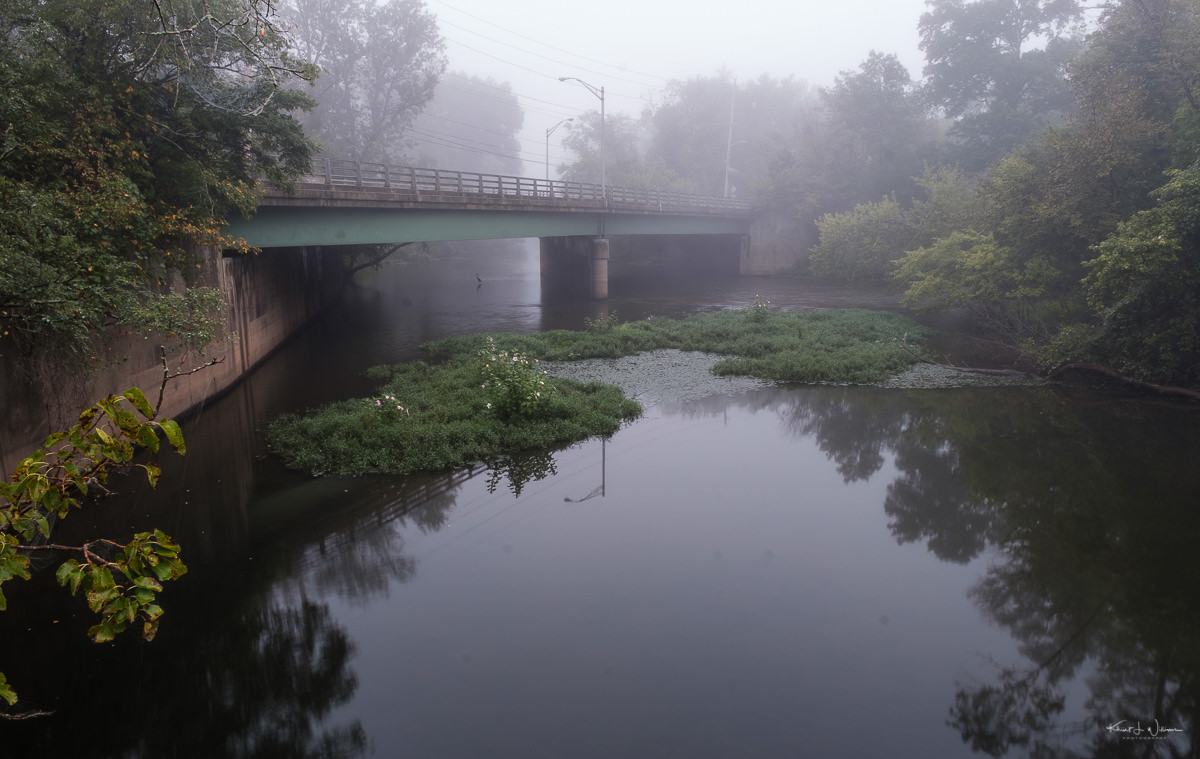Two years ago, I drove around the lower half of Somerset County, the county in which I have lived for almost 25 years, photographing various historical buildings that were featured in the "Weekend Journey through the Past". One of the areas on the "tour" was the Stoutsburg Sourland African American Museum in Skillman, Montgomery Township, just a few miles from my home.
It was a rainy day when I visited, and the ground was soggy. Parking was challenging, but I found a spot on Hollow Road, a dozen yards so from the entrance to the property.
The church restoration project started with the efforts of two African American women, Beverly Mills and Elaine Buck, who sit on the advisory for the Stoutsburg Cemetery Association, to establish a burial place for Private William Stives, a Revolutionary War veteran and one of the first African American settlers in the Sourland Region.
Their research led them to discover that the region had a richer past regarding African Americans some of whom were their ancestors, and the two women decided to co-author a book, If These Stones Could Talk, to tell the stories of African Americans and their lives in Hopewell Valley (and surrounding area).
In 2014, after a lecture, entitled "A Proud Heritage", at the historic Hopewell Borough Train Station organised by The Sourland Conservancy as part of their Train Station Series, they sparked a partnership between the Stoutsburg Cemetery Association and the Sourland Conservancy. The product of that partnership was the Stoutsburg Sourland African American Museum. The land for the Stoutsburg Sourland African American Museum was acquired by The D&R Greenway Land Trust in collaboration with the Sourland Conservancy.
These photos have sat in my Adobe Lightroom Catalog for the last two year, unedited, unprocessed, simply because I was too tired to process them. I was dealing with Graves Disease and after a day of driving around the county taking photographs and I had very little energy the next day. I had forgotten about the pictures until now.
